Science meets entertainment in the most unexpected ways. When researchers discover new species or need to classify organisms, they often turn to their favorite movies, books, and songs for inspiration. This fascinating intersection of rigorous scientific methodology and popular culture has given us some of the most memorable and entertaining species names in the natural world.
When Scientists Become Fans: The Art of Naming Species

The process of naming new species follows strict scientific protocols, but there’s always room for creativity when it comes to choosing the actual name. Scientists have complete freedom to select names that reflect their interests, passions, and sometimes their sense of humor. This practice has led to thousands of species being named after everything from celebrities to fictional characters.
The scientific naming system, known as binomial nomenclature, requires each species to have a two-part Latin name. While the first part indicates the genus, the second part – the species name – is where scientists can get creative. Pop culture references have become increasingly common as researchers seek to make their discoveries more memorable and accessible to the public.
This trend also serves a practical purpose: memorable names help raise awareness about biodiversity and conservation efforts. When a spider is named after a famous musician or a dinosaur after a movie character, it captures public attention in ways that traditional scientific names simply cannot achieve.
Spintharus davidbowiei: The Ziggy Stardust Spider
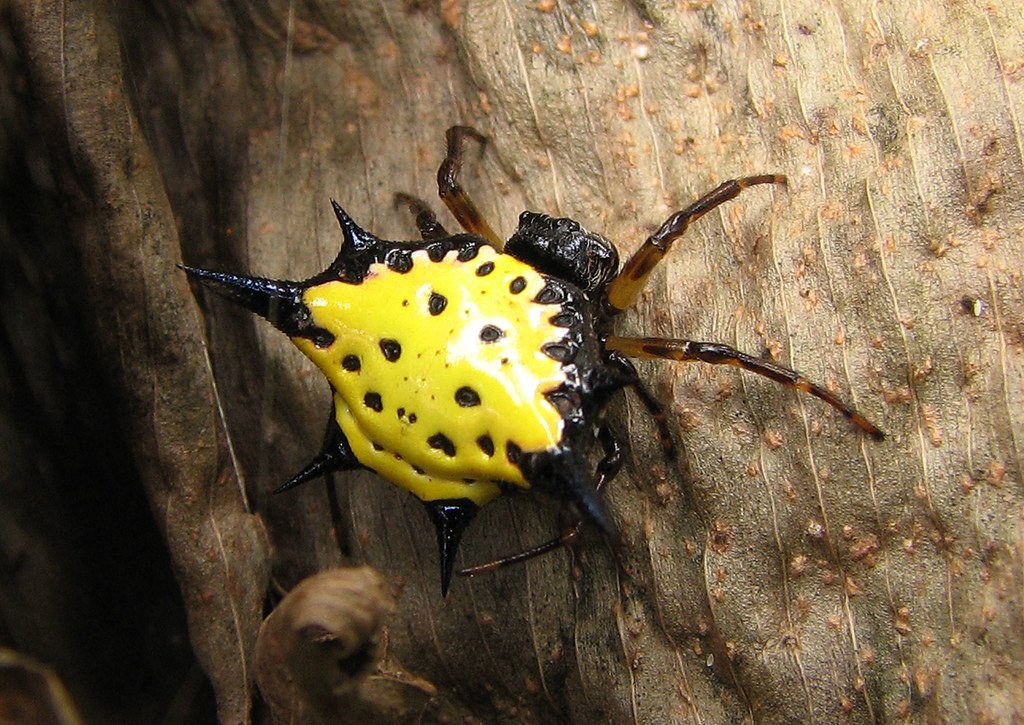
One of the most striking examples of pop culture meeting arachnology is Spintharus davidbowiei, a colorful orb weaver spider discovered in 2019. This tiny spider, measuring only about 3 millimeters, displays an incredible array of colors and patterns that reminded researchers of David Bowie’s flamboyant stage personas. The spider’s vibrant orange, yellow, and red markings create patterns that seem almost otherworldly.
The discovery was made by a team of researchers studying spiders in the Caribbean, and they felt the spider’s theatrical appearance perfectly captured Bowie’s artistic spirit. The name choice wasn’t just about appearance – it was also a tribute to an artist who constantly reinvented himself, much like how this spider species had evolved unique characteristics that set it apart from its relatives.
This naming choice generated significant media attention, helping to highlight the incredible diversity of Caribbean spider species. The researchers hoped that associating their discovery with such an iconic figure would inspire more people to appreciate the beauty and complexity of these often-misunderstood creatures.
Dracorex hogwartsia: The Dragon King of Hogwarts

Perhaps no scientific name has captured the public imagination quite like Dracorex hogwartsia, a dinosaur discovered in South Dakota in 2004. The name literally translates to “dragon king of Hogwarts,” paying homage to the Harry Potter series that was at the height of its popularity. The dinosaur’s skull features dramatic spikes and horns that give it an unmistakably dragon-like appearance.
The young fossil hunters who discovered the specimen were reportedly huge Harry Potter fans, and the paleontologists who studied it felt the name was perfect. The dinosaur lived during the Late Cretaceous period, about 66 million years ago, and belonged to a group of herbivorous dinosaurs known for their elaborate head ornaments.
What makes this naming even more special is that the fossil was donated to the Children’s Museum of Indianapolis, where it continues to inspire young visitors. The connection to Harry Potter has helped make paleontology more accessible to children, proving that pop culture references in science can serve important educational purposes.
Bagheera kiplingi: The Vegetarian Spider with Literary Roots
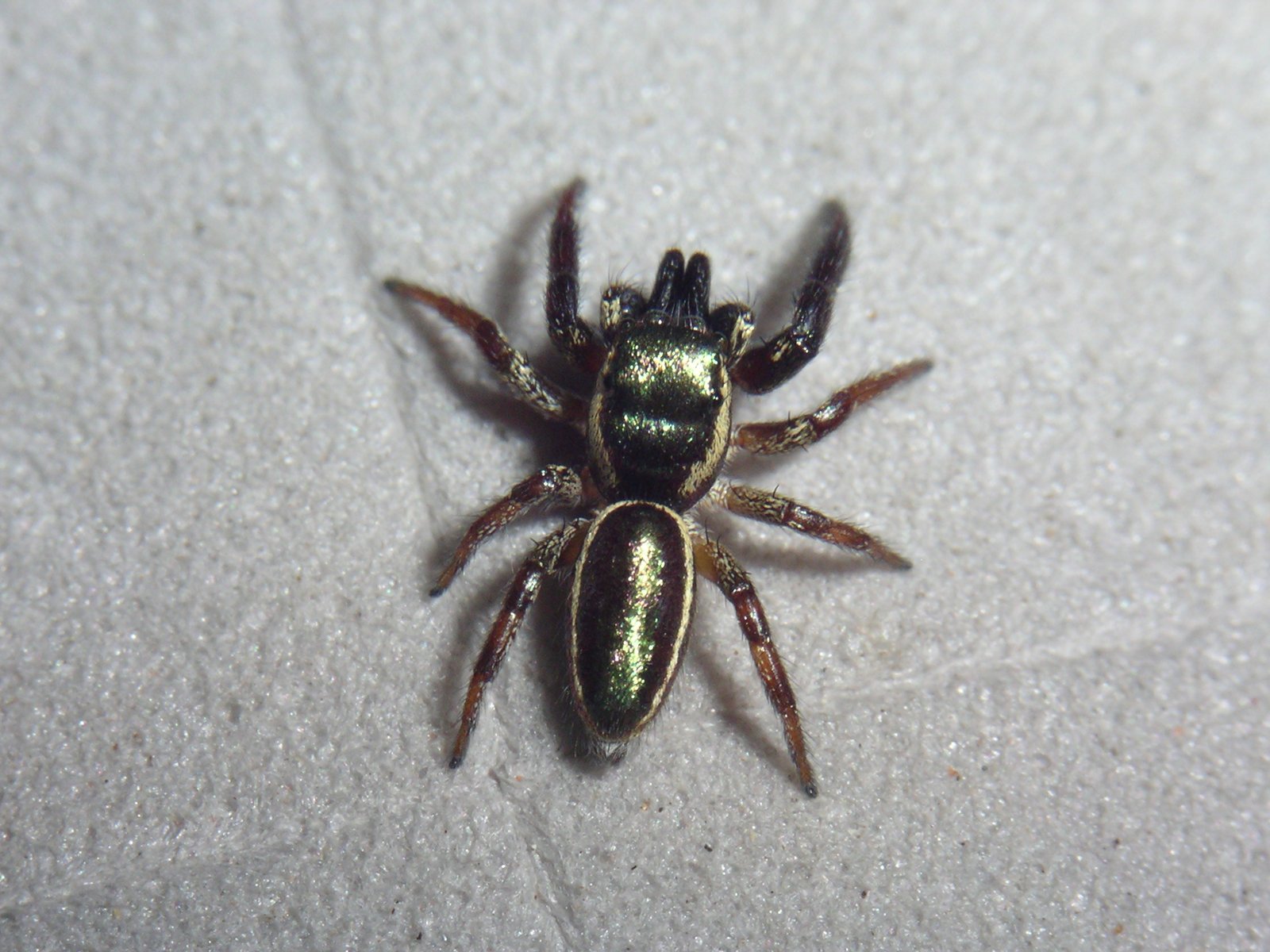
Named after the wise black panther from Rudyard Kipling’s “The Jungle Book,” Bagheera kiplingi represents one of the most unusual discoveries in arachnology. This jumping spider, found in Central America, is remarkable for being almost entirely vegetarian – a virtually unheard-of trait among spiders. Instead of hunting insects, it feeds primarily on specialized leaf tips found on acacia trees.
The researchers who described this species in 2008 chose the name to honor both the literary character and the author who created him. Like its namesake, this spider displays wisdom in its unusual lifestyle choices, having evolved a completely different survival strategy from its carnivorous relatives.
The discovery challenged everything scientists thought they knew about spider behavior and diet. This tiny spider, measuring just 5-6 millimeters, has become a celebrity in the scientific world, proving that even the most unexpected creatures can overturn established scientific assumptions.
Avalanchurus lennoni: A Trilobite Tribute to a Beatle

The ancient seas were once home to Avalanchurus lennoni, a trilobite named after John Lennon of the Beatles. This fossil species, which lived approximately 540 million years ago, was discovered in the Avalon Peninsula of Newfoundland, Canada. The name combines the location of its discovery with a tribute to one of the most influential musicians of the 20th century.
Paleontologists chose this name partly because of the “psychedelic” appearance of the trilobite’s fossilized remains, which reminded them of the experimental and colorful era of 1960s music. The specimen shows remarkable preservation, with details of its segmented body clearly visible in the ancient rock.
This naming choice reflects how scientists often find inspiration in the cultural movements that shaped their own lives. The connection between ancient life forms and modern music creates a bridge between deep time and contemporary culture, making paleontology feel more relevant and exciting to broader audiences.
Binburrum articuno: The Ice-Type Pokémon Beetle

Australian researchers struck gold when they discovered Binburrum articuno, a beetle named after the legendary ice-type Pokémon Articuno. This small weevil, found in Australia, was part of a larger study of endemic beetle species. The researchers were clearly fans of the popular franchise and saw an opportunity to connect their scientific work with something that millions of people around the world would recognize.
The naming choice was particularly fitting because the beetle’s habitat in cooler, elevated regions of Australia somewhat parallels the icy environments associated with its Pokémon namesake. The species belongs to a group of weevils that play important roles in their ecosystems, though they’re often overlooked by the general public.
By choosing a Pokémon-inspired name, the researchers tapped into a cultural phenomenon that spans generations. This approach helps demonstrate that science doesn’t have to be dry or intimidating – it can be fun, accessible, and connected to the things people already love and understand.
Sericomyrmex radioheadus: The Radiohead Ant
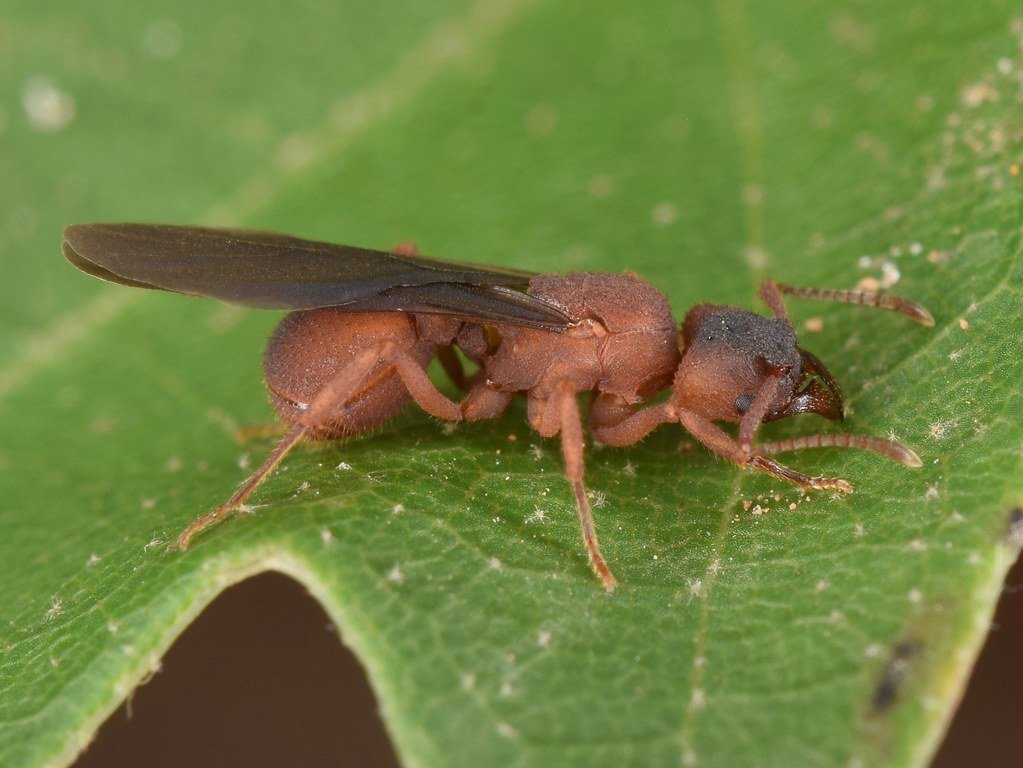
The world of myrmecology (ant study) got a rock-and-roll twist with the discovery of Sericomyrmex radioheadus, named after the British band Radiohead. This fungus-growing ant species was discovered in Venezuela and represents part of a complex ecosystem where ants cultivate fungi for food. The intricate relationship between these ants and their fungal partners reminded researchers of the complex, layered music that Radiohead is known for.
These ants belong to a group known as attine ants, which have been practicing agriculture for millions of years longer than humans. They carefully tend fungal gardens, removing waste and maintaining optimal growing conditions. The parallel between this sophisticated behavior and Radiohead’s innovative approach to music creation made the name feel especially appropriate.
The discovery was part of a larger effort to catalog the incredible diversity of ant species in South America. By choosing a name that music fans would recognize, the researchers helped highlight the fascinating world of fungus-growing ants, creatures whose complex social behaviors rival those of any human society.
Aleiodes shakirae: The Wasp That Makes Hosts Dance
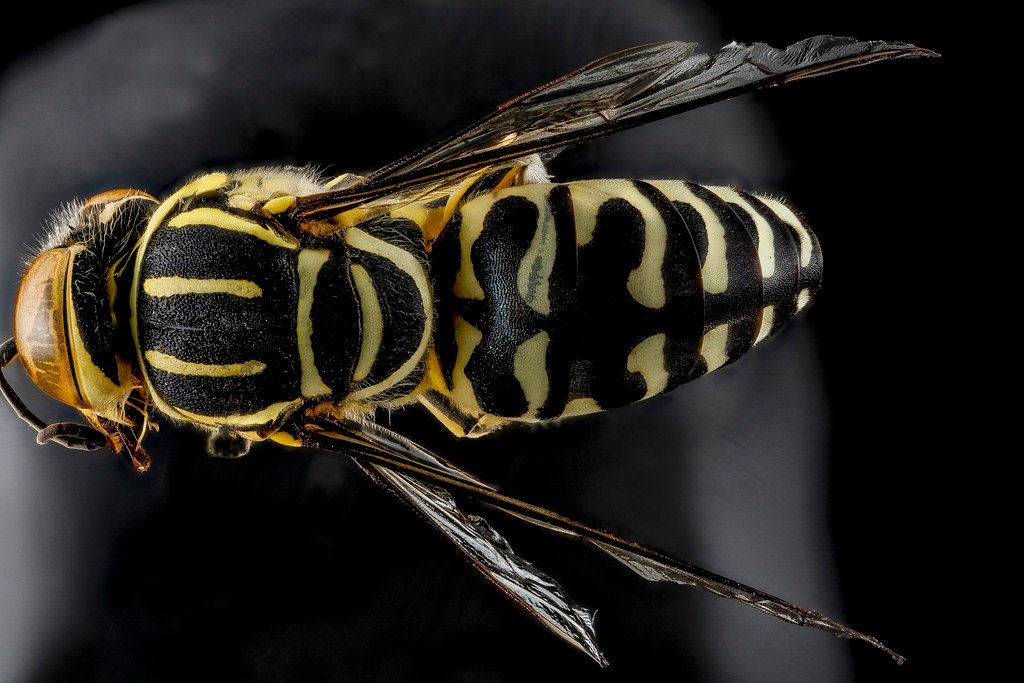
Perhaps one of the most cleverly named species is Aleiodes shakirae, a parasitic wasp discovered in Ecuador and named after the Colombian singer Shakira. This wasp has a particularly dramatic effect on its caterpillar hosts – after being parasitized, the caterpillars twist and writhe in a way that reminded researchers of Shakira’s famous hip movements. The name choice was both humorous and scientifically meaningful.
The wasp belongs to a group of parasitoids that complete their development inside living hosts. The infected caterpillars exhibit unusual writhing behaviors before the adult wasp emerges, creating a disturbing but fascinating spectacle. This behavioral manipulation by the parasite represents one of nature’s most complex forms of biological control.
The researchers who described this species in 2014 wanted to highlight the incredible diversity of parasitic wasps, which play crucial roles in controlling pest populations. By connecting their discovery to a globally recognized performer, they succeeded in bringing attention to these often-overlooked but ecologically important insects.
Preseucoila imallshookupus: The Elvis Presley Parasitoid

The King of Rock and Roll lives on in the scientific world through Preseucoila imallshookupus, a tiny parasitic wasp named after Elvis Presley’s hit song “I’m All Shook Up.” This microscopic wasp, measuring less than 2 millimeters, attacks fruit flies and other small insects. The name was chosen because of the trembling behavior exhibited by the wasp’s hosts after being parasitized.
Discovered in a comprehensive study of European parasitoid wasps, this species represents just one of thousands of similar wasps that help control pest populations naturally. The researchers noted that infected hosts would shake and tremble, much like someone might do while dancing to Elvis’s energetic music.
The naming choice demonstrates how scientists can find humor and creativity even in the most technical aspects of their work. By connecting their microscopic discovery to one of America’s most beloved entertainers, the researchers made their specialized field more accessible to the general public while highlighting the important ecological roles these tiny wasps play.
Scaptia beyonceae: The Golden-Bottomed Fly
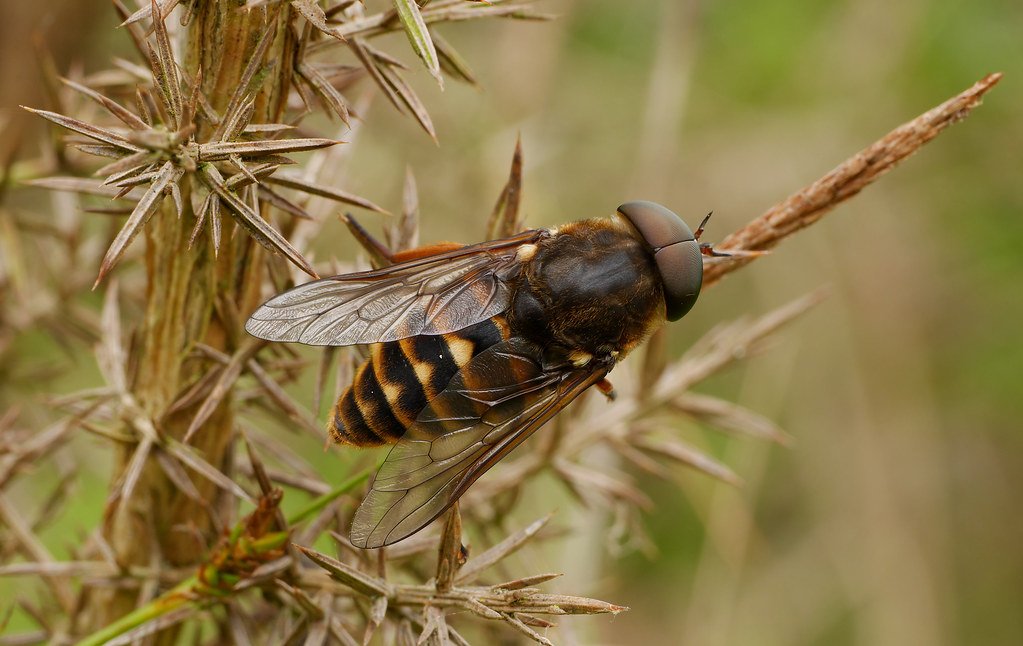
Australia’s diverse fly fauna gained a glamorous new member with the discovery of Scaptia beyonceae, a horse fly named after the superstar Beyoncé. This striking insect features a distinctive golden-colored abdomen that the researchers felt perfectly captured the essence of Queen B herself. The fly belongs to a group of blood-feeding insects, but its elegant appearance sets it apart from its more mundane relatives.
The species was discovered in Queensland, Australia, during a comprehensive survey of the region’s fly diversity. The researchers were struck by the fly’s “all-time diva” appearance, with its golden posterior and dense golden hairs that seemed to shimmer in the light. The name choice was also meant to honor Beyoncé’s influence on popular culture and her status as a global icon.
This naming decision generated considerable media attention, helping to highlight the incredible diversity of Australian insects. The researchers hoped that associating their discovery with such a prominent figure would inspire more people to appreciate the beauty and ecological importance of native fly species, even those that might bite you.
Gnathia marleyi: The Bob Marley Parasite

The reggae legend Bob Marley lives on through Gnathia marleyi, a small parasitic crustacean discovered in coral reefs around the Caribbean. This tiny creature, which feeds on the blood of fish, was named not only for its Caribbean origins but also for its distinctive dreadlock-like appendages that reminded researchers of Marley’s iconic hairstyle. The species belongs to a group of gnathiid isopods that play important roles in marine ecosystems.
The discovery was made during extensive surveys of Caribbean coral reef biodiversity, an ecosystem that Marley himself would have known well. These parasites, while small, play crucial roles in marine food webs and can significantly impact fish populations. The researchers felt that naming the species after a Caribbean cultural icon would help highlight the region’s incredible marine diversity.
The choice also reflects the global influence of Marley’s music and message, which often emphasized unity with nature and environmental consciousness. By connecting their scientific discovery to such a powerful cultural figure, the researchers created a lasting tribute that bridges science and music in meaningful ways.
Pieza kake: The Lady Gaga Fern

The plant kingdom got its own pop culture tribute with Pieza kake, a fern species whose name is a phonetic play on “piece of cake” – referencing Lady Gaga’s hit song “Poker Face” and her theatrical style. This fern, discovered in Costa Rica, features distinctive fronds that reminded researchers of the avant-garde fashion choices often seen in pop music videos. The name choice reflects both the plant’s unique appearance and the researchers’ appreciation for contemporary music.
The species belongs to a group of tropical ferns that grow in cloud forests, environments that are increasingly threatened by climate change. The researchers hoped that by choosing a memorable, pop-culture-inspired name, they could draw attention to the urgent need for conservation in these biodiversity hotspots.
This naming approach has proven effective in generating public interest in botanical discoveries. When plants are given names that people can relate to, it helps break down the barriers between scientific research and public understanding, making conservation efforts more accessible and engaging to broader audiences.
Derthrum harryhauseni: The Stop-Motion Master’s Mite
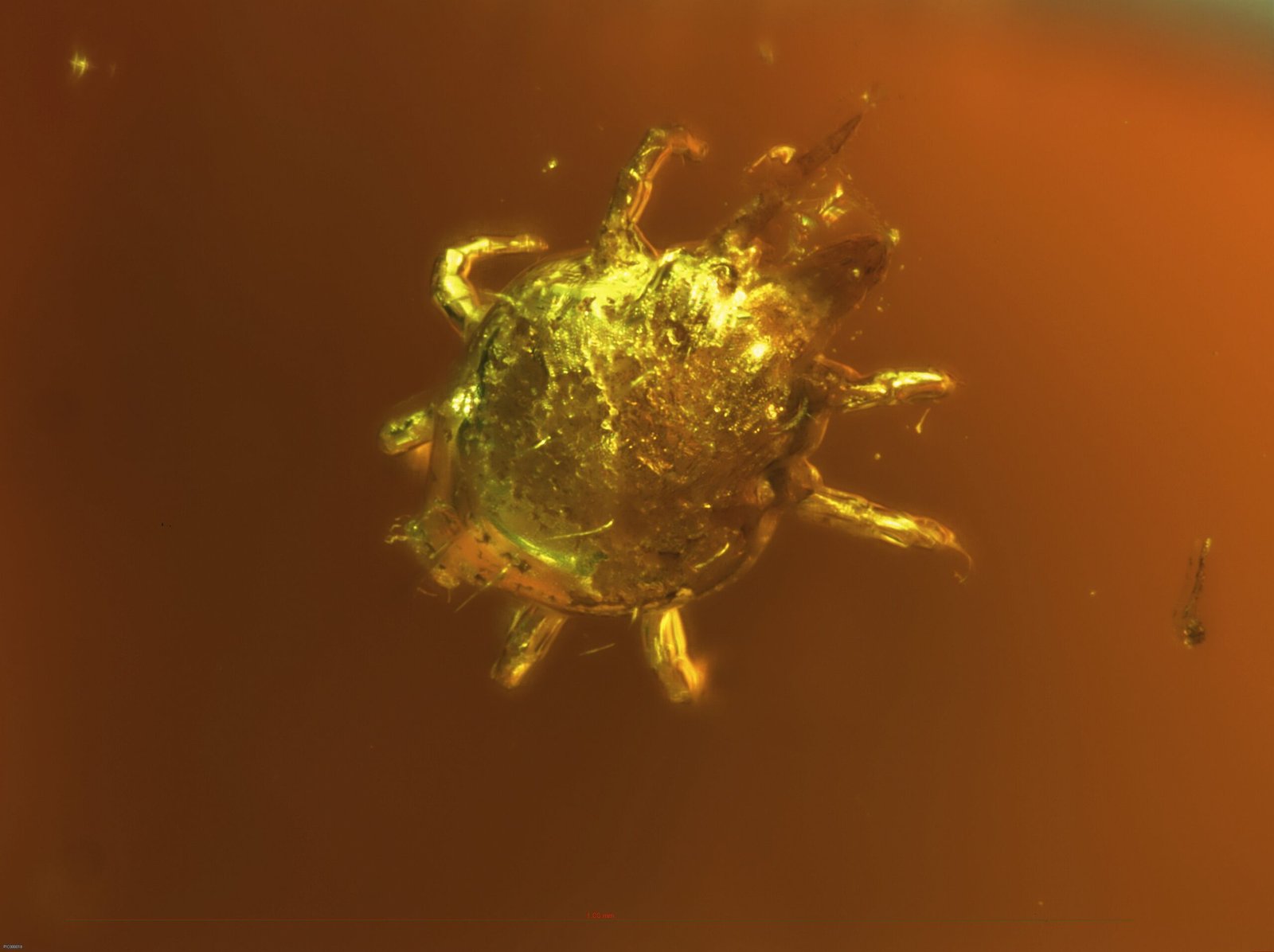
The world of arachnology paid tribute to special effects legend Ray Harryhausen with Derthrum harryhauseni, a mite species named after the master of stop-motion animation. This tiny arthropod, discovered in amber deposits, seemed to embody the same attention to detail and intricate craftsmanship that Harryhausen brought to his cinematic creations. The mite’s preserved form in amber particularly reminded researchers of the meticulous frame-by-frame work that characterized Harryhausen’s films.
The species was discovered in Baltic amber dating back millions of years, providing a perfect snapshot of ancient life. The researchers felt that the mite’s preservation in amber paralleled how Harryhausen’s work preserved fantastical creatures in film, creating lasting impressions that continue to inspire new generations of artists and scientists.
This naming choice highlights how science and cinema can intersect in unexpected ways. By honoring a figure who brought mythical creatures to life on screen, the researchers celebrated the power of imagination in both art and scientific discovery.
The Impact of Pop Culture Names in Science

The practice of naming species after pop culture figures, fictional characters, and entertainment references has become increasingly common in modern taxonomy. This trend reflects not only the personal interests of researchers but also a deliberate effort to make scientific discoveries more accessible and engaging to the general public. When a new species is named after a beloved movie character or famous musician, it creates an immediate connection between complex scientific concepts and familiar cultural touchstones.
These naming choices often generate significant media attention, helping to highlight important conservation issues and scientific discoveries that might otherwise go unnoticed. The publicity surrounding species like Dracorex hogwartsia or Scaptia beyonceae can reach audiences who might never read a scientific journal but are drawn in by the familiar names and entertaining stories.
Critics sometimes argue that pop culture references trivialize serious scientific work, but most researchers view these names as valuable tools for science communication. They help bridge the gap between academic research and public understanding, making biodiversity discoveries more memorable and relatable to people of all ages and backgrounds.
Future Trends in Scientific Naming

As new species continue to be discovered at an unprecedented rate, the tradition of drawing inspiration from popular culture shows no signs of slowing down. With the rise of social media and global connectivity, researchers have access to an ever-expanding pool of cultural references that can inspire creative naming choices. Future discoveries may well include species named after viral internet memes, streaming series characters, or contemporary music artists.
The digital age has also democratized the naming process to some extent, with researchers increasingly considering public input and social media reactions when choosing names. This collaborative approach reflects a broader trend toward making science more participatory and inclusive, allowing the public to feel more connected to scientific discoveries.
Climate change and habitat destruction are driving many species to extinction before they can even be discovered and named. This urgent timeline has made the work of taxonomists more crucial than ever, and creative naming strategies help ensure that new discoveries receive the attention they deserve while there’s still time to protect them.
The intersection of science and popular culture through species naming represents more than just clever wordplay – it’s a powerful tool for education, conservation, and public engagement. These memorable names help transform abstract scientific concepts into relatable stories that can inspire curiosity and wonder about the natural world. As we face unprecedented challenges in biodiversity conservation, the ability to capture public attention through creative naming becomes increasingly valuable. Whether it’s a spider named after David Bowie or a dinosaur honoring Harry Potter, these pop culture connections remind us that science is deeply human, filled with creativity, humor, and passion for discovery. What other unexpected connections between science and entertainment might we discover next?




